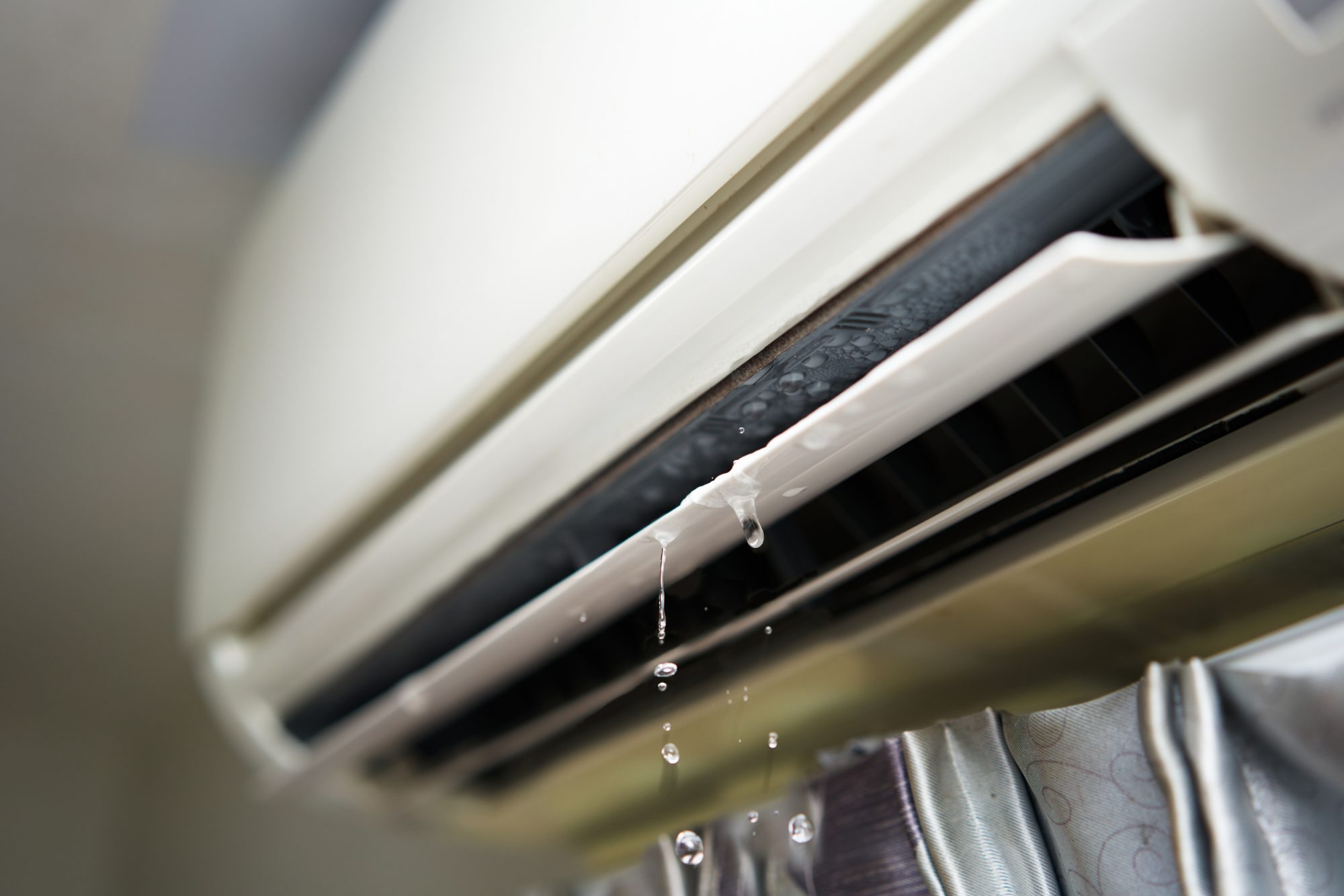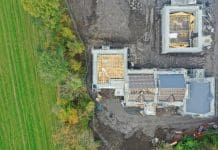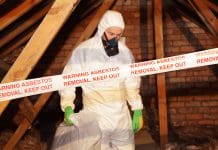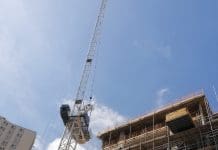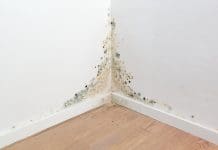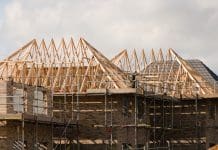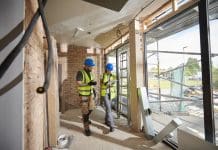With some of the oldest housing stock in Europe, more people in the UK may be at risk of developing legionella than we think. UK Connect’s Dean Marsh explores the smart monitoring technologies that can reduce that risk
In July 1976 World War II veterans from across Pennsylvania met at Philadelphia’s Bellevue-Stratford Hotel to mark the bicentenary of the American Declaration of Independence. Some 24 hours after the convention began, a handful of the ‘Legionnaires’ began to experience pneumonia-like symptoms including fever and severe chest pains. Within a month 29 of the Legion members had passed away in hospital out of the 200 people that had contracted the disease.
The Centers for Disease Control and Prevention (CDC) embarked on a detailed investigation and eventually managed to isolate the bacterium that caused the illness. In April 1977 the CDC announced ‘Legionella pneumophila’ that had spread from the hotel’s air conditioning system was responsible. Anyone inhaling droplets of water from equipment such as air conditioning or shower heads could quickly become ill, the CDC found. The term legionnaires’ disease quickly entered common parlance.
There were 19 legionella fatalities in England and Wales in 2023
The construction and renovation of buildings can create the perfect conditions for the contamination of water systems. This means legionella compliance has become a top priority for all those in the business of construction. Those that fail to comply risk heavy Health and Safety Executive fines and even prison.
Conventional legionella monitoring and compliance is intrinsically inefficient. For many, construction businesses’ legionella compliance involves a mobile engineer attending site at least once a week. They will then conduct manual flushing of all hot and cold-water outlets. This method doesn’t allow for real-time monitoring – ensuring an outbreak of the legionella bacterium could go undetected for seven days. This inefficient method can prove extremely labour-intensive and expensive too. I have worked on construction projects that have incurred legionella compliance costs of upwards of £250,000 annually.
Smart water monitoring can help detect areas of risk for developing legionella
Fortunately, thanks to the boundless potential of new IoT technologies, construction companies are starting to see the transformative benefits of smart water monitoring. By applying cutting edge sensor technology to pipework infrastructure, construction firms can more accurately determine those water outlets that require flushing and those that don’t.
The easy-to-fit, wireless clip-on probes use Long Range Wide Area Network (LoRaWAN) technology, providing excellent deep indoor performance. The probes sample water and ambient air temperature deltas, with software detecting flow events across hot, cold, and mixed pipes based on temperature variations. This enables 24/7 data capture via a web application, automating legionella reporting and offering the option for automatic flushing – all while ensuring compliance with all relevant regulations.
As a result of smart water monitoring, clients can radically reduce hot water wastage and the associated carbon cost, and deliver savings in terms of the labour required to attend and manually flush water systems at remote construction sites. Real time data means that construction companies can benefit from the insights needed to improve compliance, slash costs and free up labour for more productive activities elsewhere.
Smart water monitoring can deliver transformational benefits for organisations across both the public and private sectors. And so we can work together to prevent the kind of tragic outcome experienced in Philadelphia almost half a century ago.


